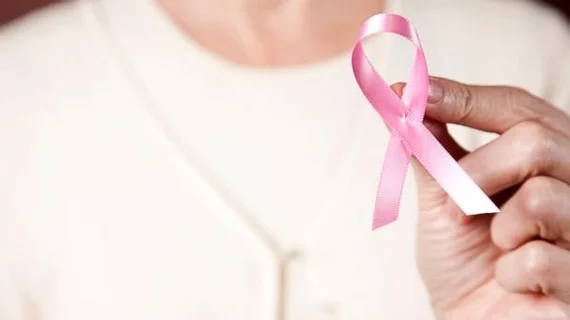With the help of machine learning, researchers were able to train a computer to analyze breast cancer images and classify tumors accurately, according to a study published in NPJ Breast Cancer.
The study was led by researchers at the University of North Carolina (UNC) Lineberger Comprehensive Cancer Center.
“Using artificial intelligence, or machine learning, we were able to do a number of things that pathologists can do at a similar accuracy, but we were also able to do a thing or two that pathologists are not able to do today,” Charles Perou, PhD, the May Goldman Shaw Distinguished Professor of Molecular Oncology, professor of genetics, and of pathology and laboratory medicine at the UNC School of Medicine, said in a statement. “This has a long way to go in terms of validation, but I think the accuracy is only going to get better as we acquire more images to train the computer with.”
After seeing “significant advances” with using deep learning for tumor, mitosis detection and metastatic cancer detection in lymph nodes, researchers focused on using deep learning to predict complex properties that aren’t visually apparent to pathologists.
To train the computer, researchers used a dataset of 571 breast tumors to create image-based classifiers for tumor grade, ER status, PAM50 intrinsic subtype, histological subtype and risk of recurrence score. The computer’s accuracy, sensitivity and specificity was then assessed using an independent dataset of 288 images.
The computer was able to distinguish:
- Low-intermediate versus high tumor grade with 82 percent accuracy
- ER status with 84 percent accuracy
- Basal-like versus non-Basal-like breast cancer with 77 percent accuracy
- Ductal versus lobular breast cancer with 94 percent accuracy
- High versus low-medium recurrence score with 75 percent accuracy
Based on the results, researchers stated, "image-based methods could be promising for identifying patients with a greater need for further genomic testing."
“We were surprised that the computer was able to get a pretty high accuracy in estimating biomarker risk just from looking at the pictures,” Melissa Troester, PhD, a professor in the UNC Gillings School of Global Public Health, said in a statement. “We spend thousands of dollars measuring those biomarkers using molecular tools, and this new method can take the image and get 80 percent accuracy or better at estimating the tumor phenotype or subtype. That was pretty amazing.”

